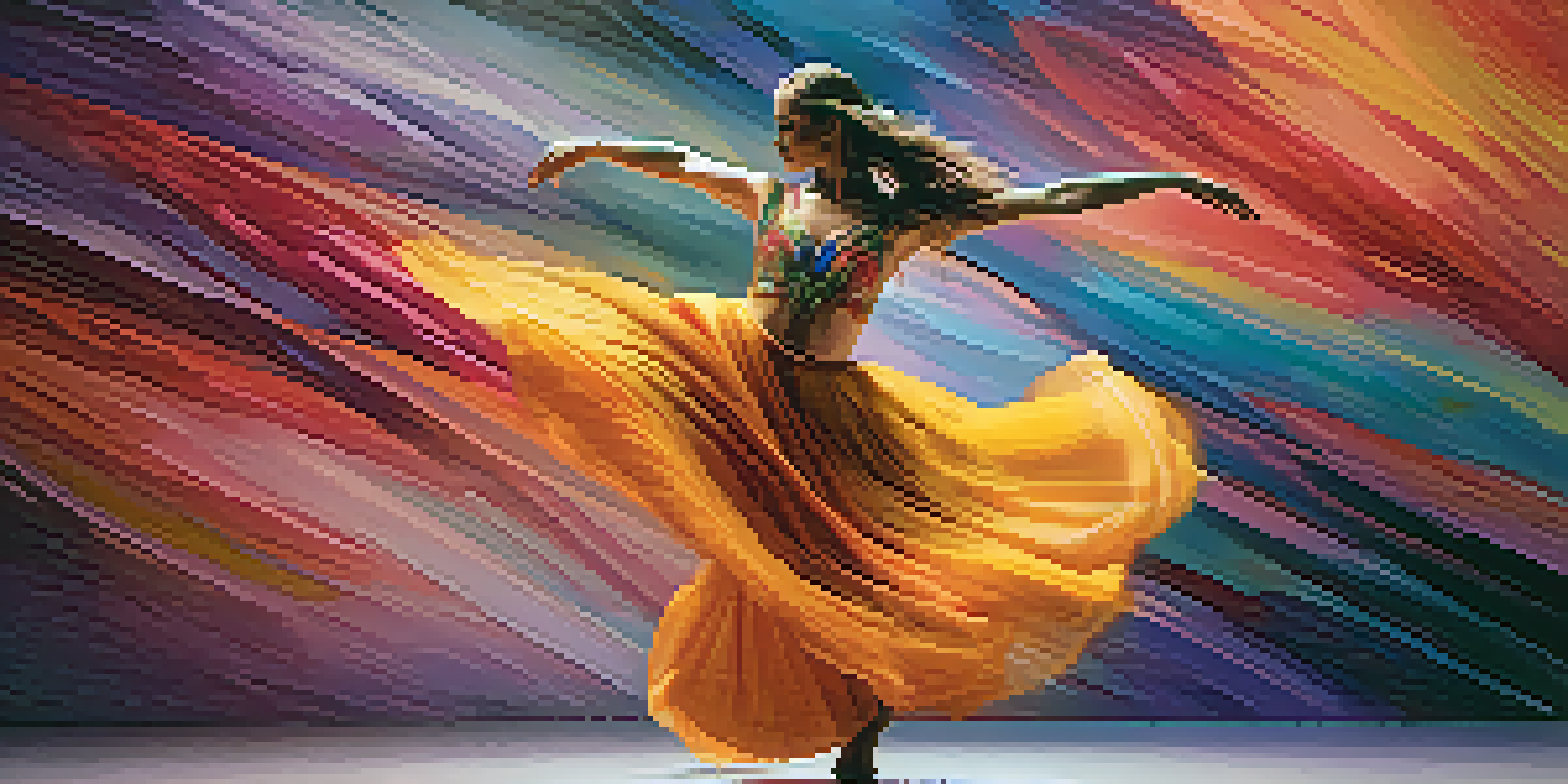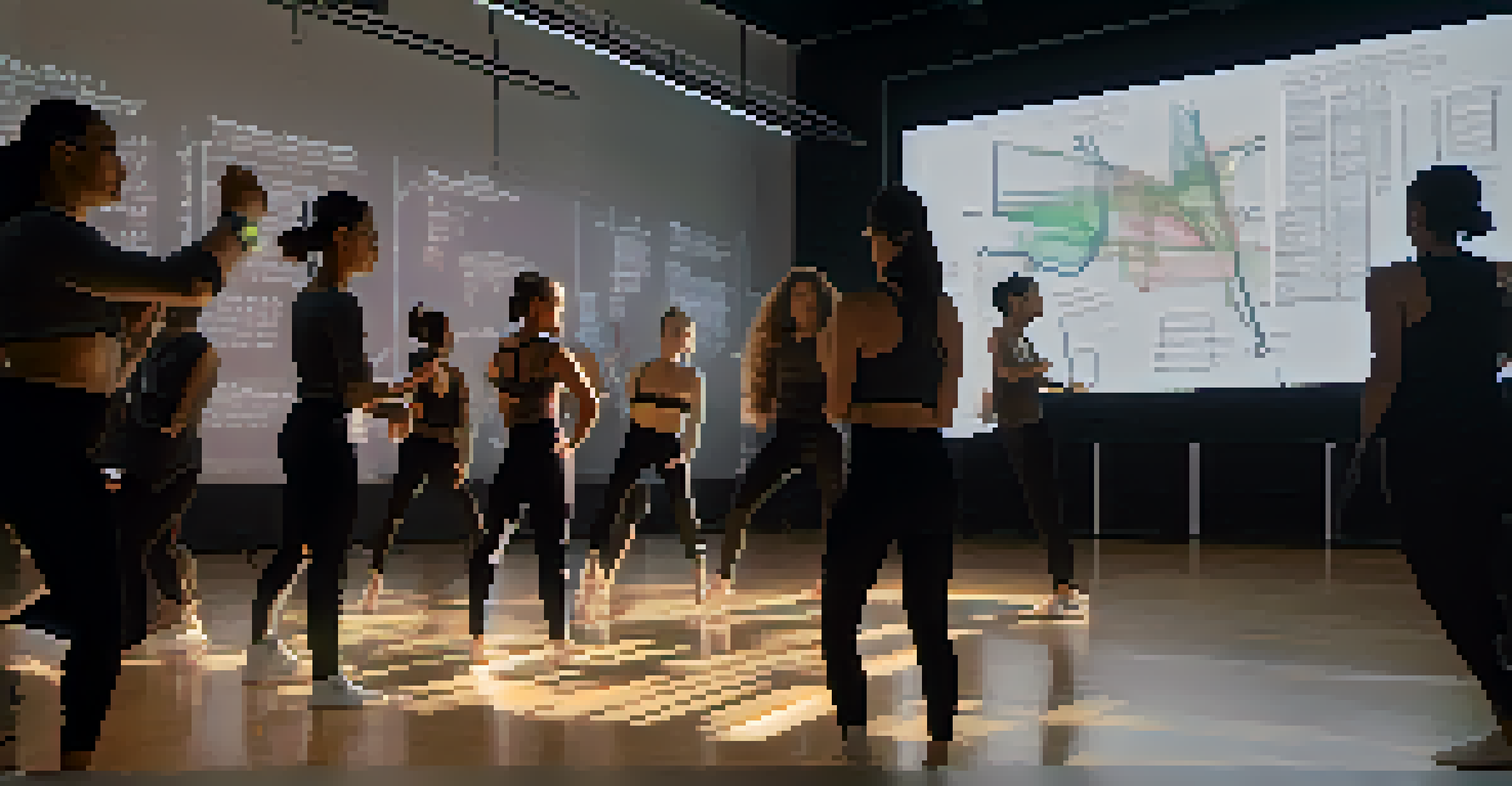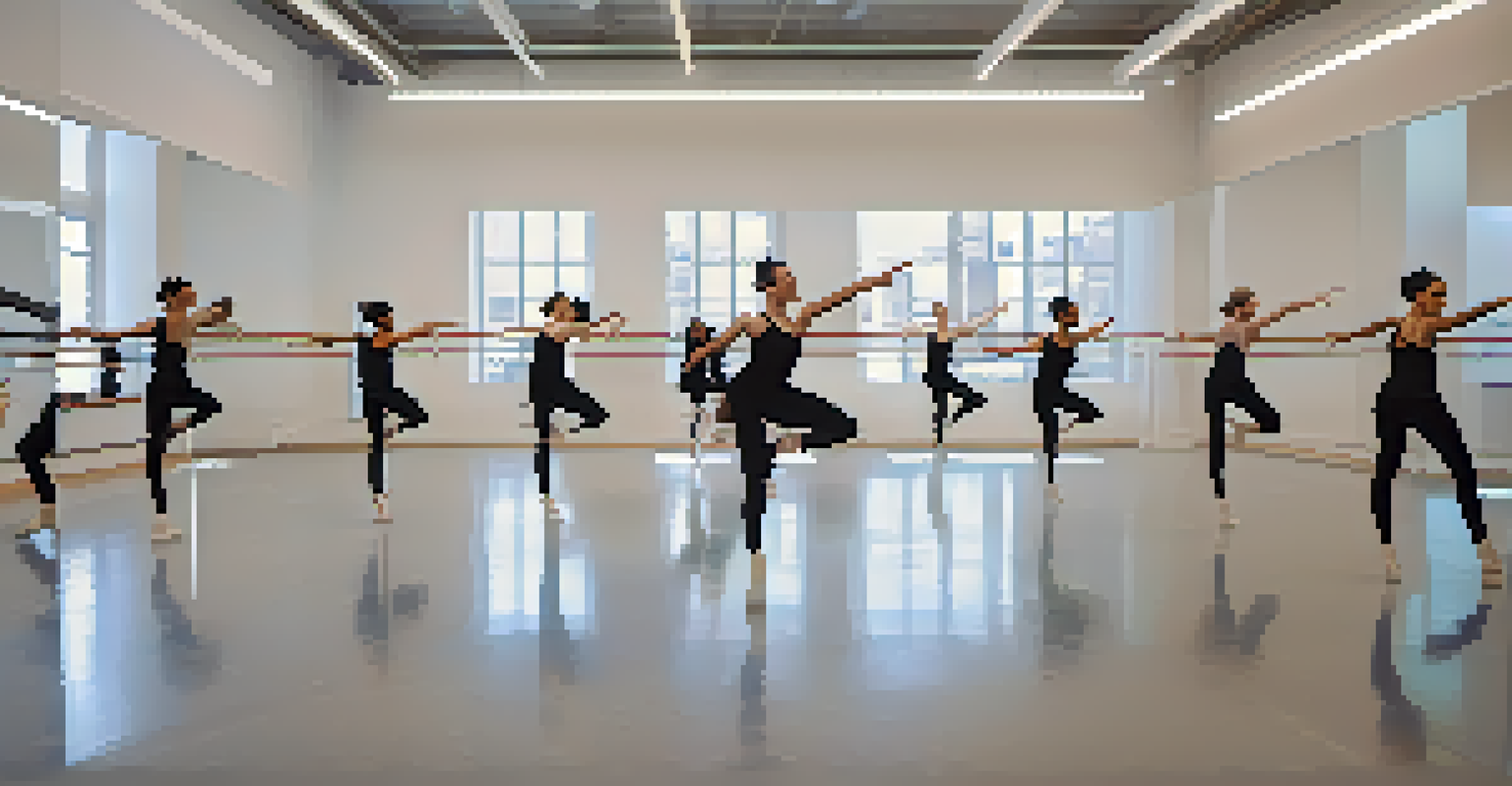The Use of Motion Capture in Choreography and Dance

What is Motion Capture and How Does It Work?
Motion capture, often abbreviated as MoCap, involves recording the movements of objects or people. It uses sensors and cameras to track motion in real-time, translating it into digital data. This technology is frequently used in film and video games but has found a unique application in the dance world.
Dance is the hidden language of the soul.
By capturing the intricate movements of dancers, choreographers can analyze and refine their work. It essentially creates a digital blueprint of movement, allowing for detailed study and adjustments that might be difficult to achieve through traditional methods. Imagine having a tool that lets you replay and dissect each step of a dance routine like a sports replay.
The resulting data can be visualized and manipulated, giving choreographers a new canvas to experiment on. This opens a dialogue between traditional dance forms and cutting-edge technology, creating a rich tapestry of artistic possibilities.
Enhancing Choreography Through Detailed Analysis
One of the most significant advantages of motion capture in choreography is the ability to analyze movements in detail. Choreographers can review footage and data, identifying strengths and weaknesses in performances. This level of scrutiny allows for a more refined approach to creating routines.

For example, a choreographer might notice that a dancer’s arm movement isn't quite in sync with the rest of the body. With motion capture, they can pinpoint the exact moment this misalignment occurs and address it directly. It’s like having a microscope for movement, enabling artists to see what the naked eye might miss.
MoCap Transforms Dance Analysis
Motion capture technology allows choreographers to analyze and refine dance movements in detail, enhancing performance quality.
This detailed feedback loop fosters a collaborative environment between technology and creativity. Dancers can receive constructive critiques based on concrete data rather than subjective opinions, ultimately leading to more polished performances.
Bridging the Gap Between Dance and Technology
Motion capture serves as a bridge between traditional dance techniques and modern technology. This fusion creates an innovative space where dancers can explore new forms of expression. By integrating digital elements into choreography, artists can push the boundaries of what dance can be.
Technology is best when it brings people together.
For instance, choreographers can create visuals or virtual environments that interact with the captured movements, bringing a new dimension to performances. Imagine a dancer performing in a virtual landscape that responds to their movements, creating a mesmerizing spectacle that transcends the physical stage.
This blending of disciplines not only enriches the dance experience for audiences but also attracts new participants interested in the intersection of art and technology. It encourages dancers to think outside the box and embrace the possibilities that come with innovation.
Creating New Opportunities for Training and Performance
Motion capture is revolutionizing dance education by offering new training methods. Dance schools and studios are beginning to incorporate this technology into their curricula, allowing students to learn through immediate feedback. This interactive approach makes the learning process more engaging and effective.
Imagine a dance class where students can see their movements displayed in real-time on a screen. They can instantly correct their posture or timing, making the learning experience dynamic and responsive. This immediate feedback can boost confidence and enhance skill development.
Bridging Dance and Technology
The integration of motion capture in choreography creates innovative opportunities for artistic expression and audience engagement.
Moreover, motion capture opens up performance opportunities. Dancers can now collaborate with technologists to create performances that blend live action with virtual elements, attracting diverse audiences and creating unique experiences.
Expanding Accessibility in Dance Through Technology
One of the most exciting prospects of motion capture technology is its potential to make dance more accessible. By digitizing movements and creating virtual representations, choreographers can reach audiences who may not be able to attend live performances. This democratization of dance can foster a deeper appreciation for the art form.
Furthermore, motion capture can be used to create online dance classes and tutorials that anyone can access, regardless of their location. This opens doors for aspiring dancers in remote areas or those with disabilities, ensuring that everyone has the chance to engage with dance.
As technology continues to evolve, the possibilities for making dance more inclusive will expand. Imagine a world where anyone, anywhere, can learn and participate in dance, breaking down barriers and enriching the community.
Challenges and Considerations in Motion Capture
While the benefits of motion capture in dance are compelling, there are also challenges to consider. The technology can be expensive and may require a steep learning curve for both choreographers and dancers. Investing in motion capture equipment and software might be a significant hurdle for smaller dance companies or independent artists.
In addition, the reliance on technology can sometimes lead to a disconnect from the raw, emotional aspects of live performance. Dancers might focus too much on perfecting their digital representation rather than expressing themselves authentically on stage. Striking a balance between technology and emotional expression is crucial.
Making Dance More Accessible
Motion capture can democratize dance by enabling online classes and virtual performances that reach broader audiences.
Lastly, data privacy and ownership are important considerations as well. As choreographers and dancers create digital representations of their work, they must navigate the complexities of intellectual property and ensure their creative rights are protected.
The Future of Dance: A Harmonious Blend of Art and Tech
Looking ahead, the future of dance seems poised for an exciting evolution thanks to motion capture technology. As advancements continue, we can expect even more innovative applications that will further transform the art form. The integration of augmented reality and artificial intelligence could create immersive experiences that redefine how we experience dance.
Imagine a future where audiences can interact with performances in real-time, influencing the choreography with their movements. This interactive aspect could create a shared experience between performers and their audience, blurring the lines between creator and spectator.

Ultimately, the harmonious blend of art and technology in dance has the potential to inspire a new generation of artists and audiences alike. By embracing motion capture and its possibilities, the dance community can continue to thrive and evolve in exciting ways.